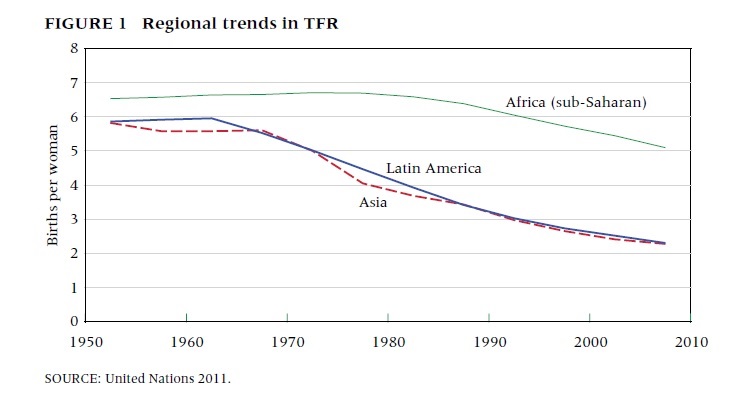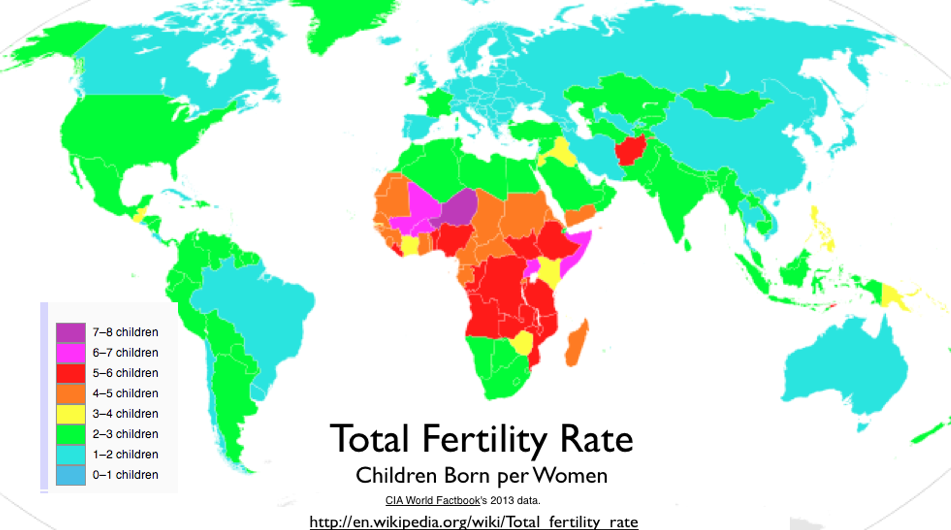The real kicker, though, is the fact that couples who identified with a religion were more likely to use contraceptives. You can see from the number of households and the number of women reporting contraceptive use that the sample size is small. However, Catholics (88 households) have almost twice the overall rate of contraceptive use! Someone tell Paul Ryan?
My hypothesis on this second observation is that affiliation with a larger religion in these extremely rural villages is actually a signal of being more cosmopolitan. There's also a good chance that official doctrine in the Catechism of the Catholic Church isn't making its way all the way to Mwajidalala and Longalonhiga. I'm not complaining.
As for any explanation for the dearth of reported religious identification, my only hypothesis is that I asked the wrong person. I asked men. This time around, I'm asking women. I'm otherwise extremely surprised that individuals don't identify as more religious.
I'm accepting any and all theories, hypotheses and shots in the dark as to why.





 RSS Feed
RSS Feed